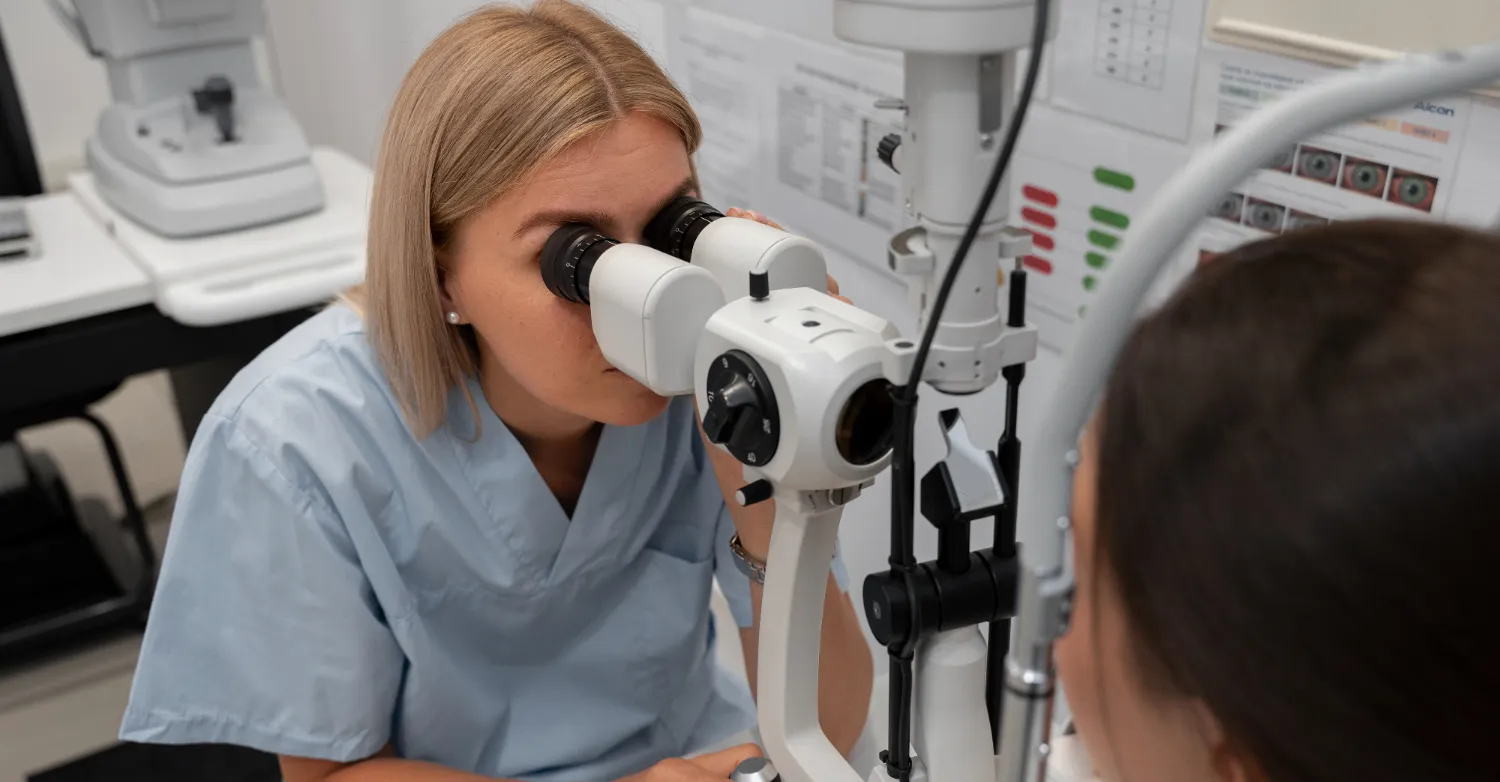
221 High St, Epping, CM16 4BL
NEW: Book Online


It takes time to check your eyes thoroughly, carrying out all the tests to ensure your eyes are healthy and to investigate any symptoms you’re having.
Most important is the time to explain the results of your eye exam and to discuss any concerns you may have regarding your eyes. That’s why we allow 40 minutes for a standard eye exam at Aves.
Click here to view our eye examination fees.
This is a non-invasive 3D scan of the back of your eye. Click here to learn more about our OCT technology.
This torch-like instrument enables us to examine the eyes to ensure that they are healthy
It is important to check how well you currently see, either with existing spectacles or without any spectacles.
The optometrist will ask various questions about your eyes and your health to gather information specific to you. This allows the eye examination to be individual to your particular needs. You will be asked for details of any medications that you are taking, as some drugs and medical conditions can affect your eyes. You may want to bring a list of your medications with you. We will ask about any history of eye problems that you may have had along with details of relevant medical and eye problems in your close family.
This will tell us whether or not you need spectacles to help you see comfortably.
This tells us how well your two eyes are working together. Visual comfort is very important and a muscle balance problem can cause significant eye strain.
This lens gives us a 3D view of the eye, helping us check your eyes in even more detail.

Tonometry: this measures the pressure within the eye. It is one of the tests for glaucoma and is typically carried out in patients over the age of 40.
Visual fields: this measures peripheral vision and is a useful screening test for glaucoma as well as many other eye related problems. We have invested in the very best visual fields instrument which allows us to carry out specialist visual field assessments typically used in hospital investigations.
Colour vision: this detects colour vision defects and is typically done at a child’s first visit.
Stereopsis: this measures binocular vision by means of 3D pictures and is often carried out as part of a child’s eye examination.
Slit lamp biomicroscopy: this enables a magnified view of the front surface of the eye. It is particularly useful in contact lens work and dry eye assessment.
Keratometry: this measures the shape of the front surface of the eye and is used extensively in contact lens fitting.

